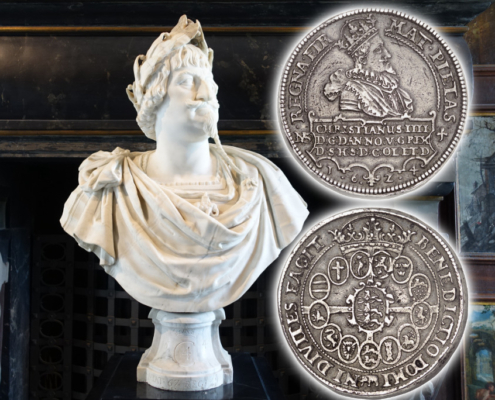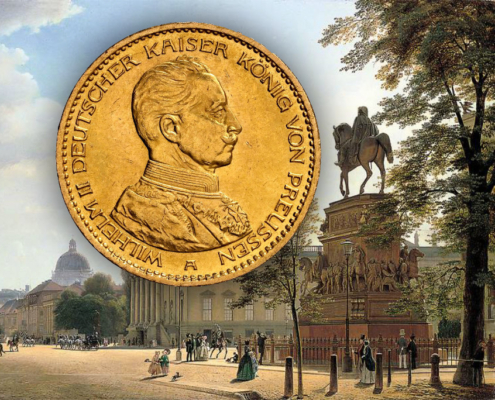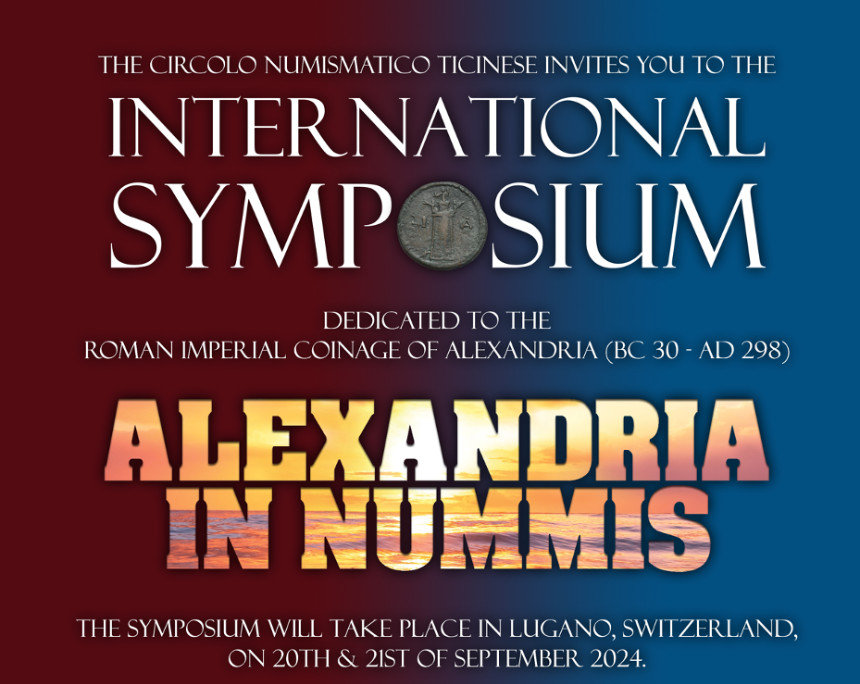Friedrich Wilhelm, the Great Elector.
Ducat 1686 LCS, Berlin.
Extremely rare.
Attractive piece.


Maximilian II.
Ducat 1855.
Only a few pieces are known.
Extremely fine-uncirculated.

Ferdinand Albrecht I.
Löser in the weight of 4 Reichstalers 1670, Clausthal.
Extremely rare.
Attractive piece.

Friedrich Adolf.
5 Ducats 1711, Detmold.
Only known piece.
Extremely fine-uncirculated.

6 Ducats, n. d. (1765-1790), with the title of Joseph II.
NGC MS 62 PL.
Extremely rare.
Attractive piece from polished dies.
Almost uncirculaed.

Johann Adolf, 1590-1616.
Portugalöser (10 ducats) n.d., Eutin.
Extremely rare and of particular
significance in monetary history.
Attractive piece.

Leopold I, 1657-1705.
20 Ducats, n. d. (after 1666), Hall,
by M. König.
Extremely rare.
Almost extremely fine.

Archive: People and Markets
A Visit to the Japan Mint
Japan is a country where cash still plays an important role. Therefore, the Japan Mint is not a single institution but consists of several branches. Ursula Kampmann visited their offices in Saitama. Join her on a tour through the mint!
“Alexandria in Nummis”– Impressions from the Symposium in Lugano
On 20 and 21 September, the Circolo Numismatico Ticinese (CNT) held an international symposium in Lugano dedicated to the Roman Imperial Coinage of Alexandria. Fabrizio Rossini, CNT president, shares his impressions of the event.
Archive: Coins, Medals and more

400 Years Ago – The Founding of Kongsberg
On 2 May 1624, Christian IV of Denmark and Norway founded the mining town of Kongsberg. A series of coins to be offered in the upcoming Künker sale tells us of the hopes that the ruler placed in the silver from these mines.

Counterfeit Detection: Altered Prussia 20 Mark
An NGC expert gives us insight into his everyday life. He shows how the year on a coin from the German Empire was altered by a coin doctor.













And the Champion of the 40th COTY Is…
At the ANA in Pittsburgh, an Austrian coin has earned top honors in the 40th Coin of the Year (COTY) Awards. See all the winners here.
Correction: We made a mistake!
The news we published yesterday about the Coin of the Year Award was erroneous.